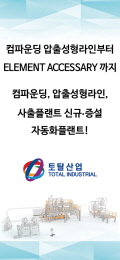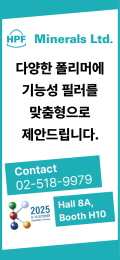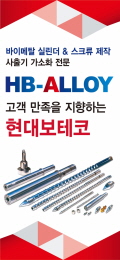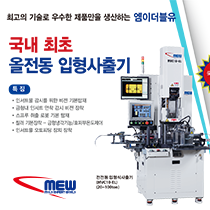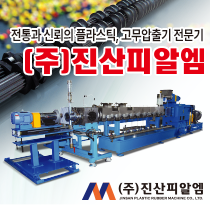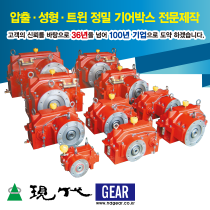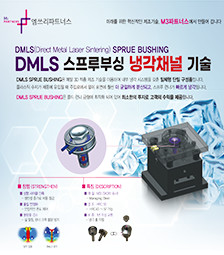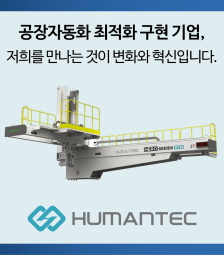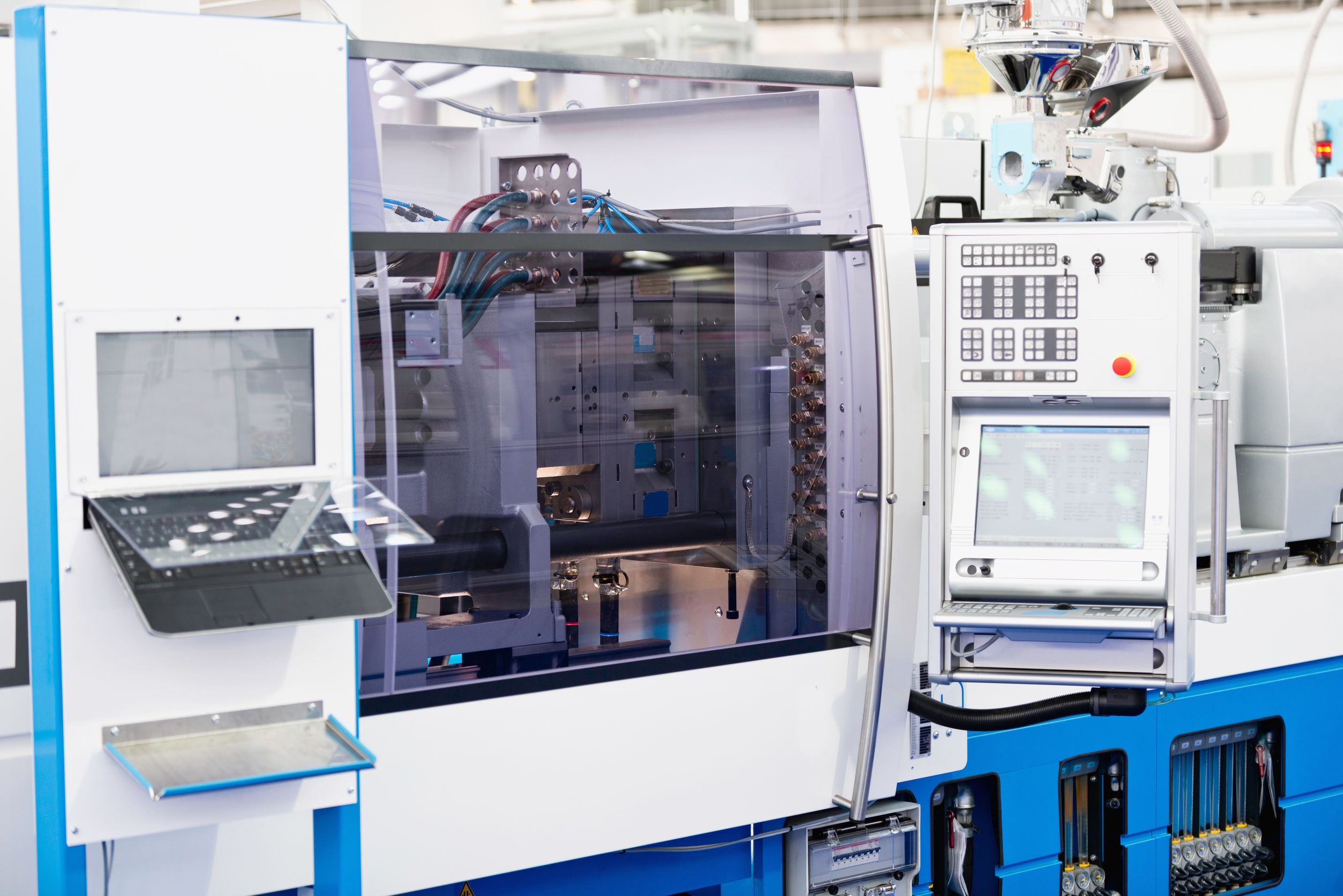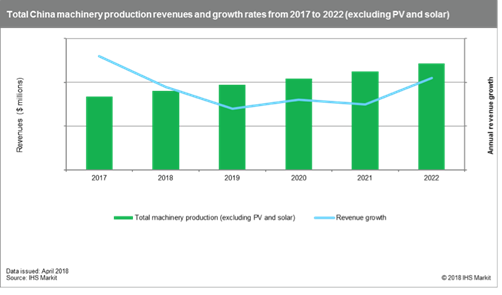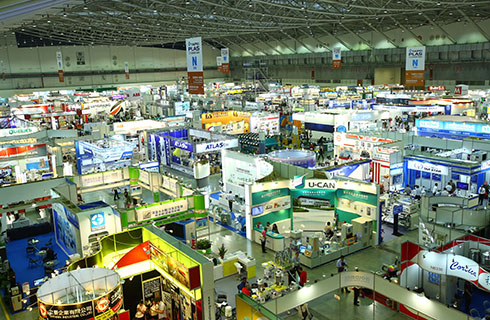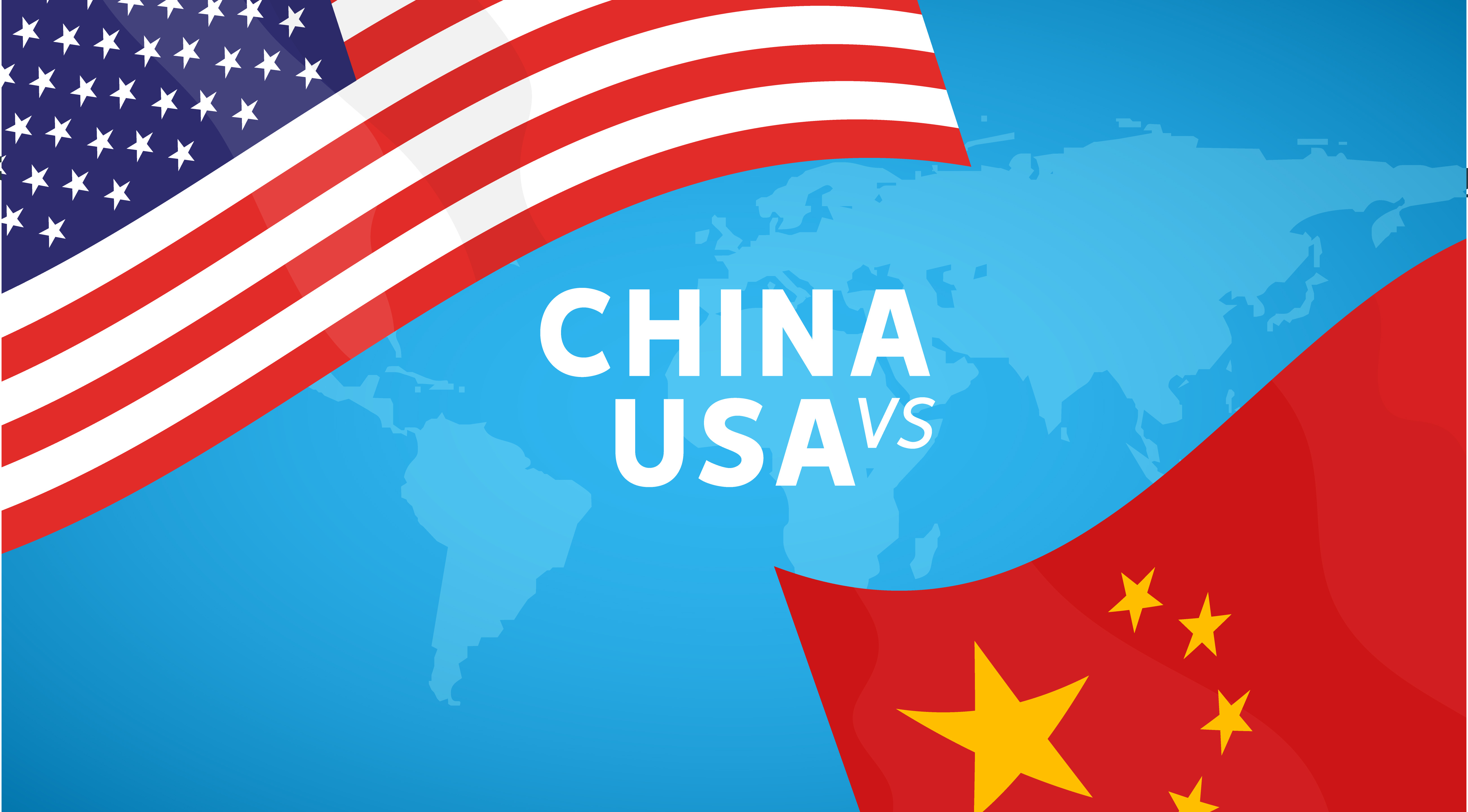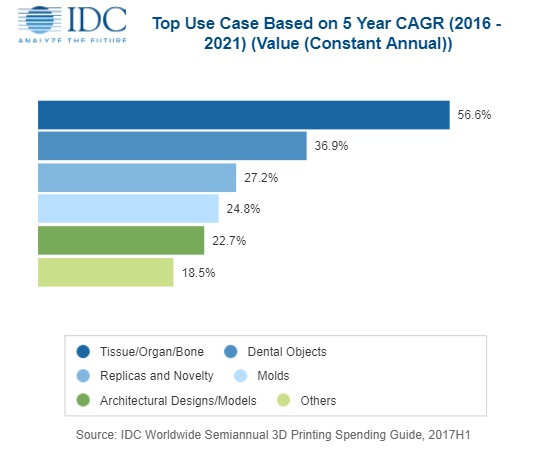Who are the top manufacturers in the Chines plastics machinery industry in 2018?China Plastics Machinery Industry Association (CPMIA) has announced the results of “China's most competitive plastic machinery enterprises 2018”. The rankings were based on the financial reports of 2017 submitted by the enterprises, which were audited by different related departments of the Association.For the “Top 30 Comprehensive Strength Enterprises of China Plastics Machinery Manufacturing Industry in 2018” lists by main business income and net profit, HAITIAN (海天) was ranked No.1, followed by YIZUMI (伊之密) and JWELL (金纬).Meanwhile, HAITIAN was also ranked No.1 on the list “Top 15 Enterprises of China Plastics Injection Molding Machinery Industry in 2018 by main business income and net profit. By main business income, CHEN HSONG (震雄) and YIZUMI were ranked No.2 and No.3 respectively. While by net profit, YIZUMI was ranked No.2 and CHEN HSONG was ranked No.3.For extrusion machinery, JWELL and TONGJIA (通佳) were the top two manufacturers in China by both main business income and net profit. JINMING (金明) and BEIER (贝尔) were ranked No.3 by main business income and net profit respectively.For blow molding machinery, TONGDA (同大) was the No.1 manufacturer in China, according to the list by CPMIA. Besides, TECHMATION (弦讯))was the top auxiliary equipment and accessories manufacturer. According to the statistics of CPMIA, the total industrial production value and industrial sales value in 2017 for the 38 listed enterprises increased 30.1% and 29.9% when compared to the previous year. For the main business income and total profit, an increase of 25.8% and 30.8% were recorded respectively.Top 30 Comprehensive Strength Enterprises of China Plastics Machinery Manufacturing Industry in 2018 (Sorted by Main Business Income)Top 30 Comprehensive Strength Enterprises of China Plastics Machinery Manufacturing Industry in 2018(Sorted by Net Profit)Top 15 Enterprises of China Plastics Injection Molding Machinery Industry in 2018Top 10 Enterprises of ChinaPlastics Extrusion Molding Machinery Industry in 2018Top 3 Enterprises of ChinaPlastics Blow Molding Machinery Industry in 2018Top 5 Enterprises of ChinaPlastics Auxiliary Equipment and Accessories Industry in 2018Source: CPRJ International
Aeyoung Park
2018-09-03

